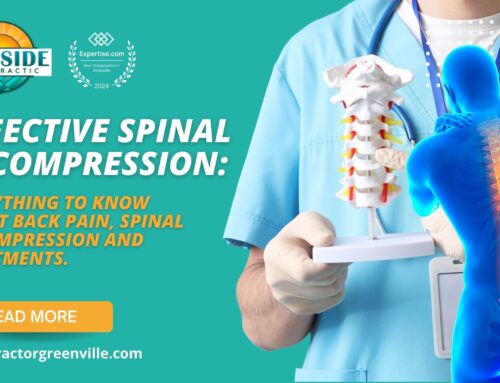 The history of the various treatments of low back pain has been marked by political fights. In the 1980s, a political event spurred a massive change concerning organized medicine’s outward disrespect for chiropractors. The American Medical Association was sued for anti-trust violations, and the chiropractic profession won. For the first time, the public, open anti-chiropractic slander that had appeared on billboards, in magazine articles, and in TV and radio advertisements was prohibited.
The history of the various treatments of low back pain has been marked by political fights. In the 1980s, a political event spurred a massive change concerning organized medicine’s outward disrespect for chiropractors. The American Medical Association was sued for anti-trust violations, and the chiropractic profession won. For the first time, the public, open anti-chiropractic slander that had appeared on billboards, in magazine articles, and in TV and radio advertisements was prohibited.
In fact, prior to this event, it was against American Medical Association by-laws for an M.D. to publicly socialize with a chiropractor! This all seems somewhat extreme in retrospect, but it was the way things were prior to the mid-1980s.
What the research on low back pain says
In 1994 the United Kingdom and the US almost simultaneously published official guidelines for the treatment of acute low back pain. Both documents reported the use of spinal adjustment, a primary method of chiropractic treatment, as a first choice in the treatment of acute low back pain.
For the first time, a non-chiropractic group had recommended chiropractic based on researched data that overwhelmingly supported spinal adjustment as an effective, SAFE, and much less expensive form of care when compared to all the other treatment approaches that the health care consumer can choose from.
Research has continued to pour in and recently, similar recommendations were made for the treatment of chronic low back pain. In addition, when guidelines were reviewed, continued support of the 1994 guidelines for acute low back pain was again found to be valid with little change required.
According to the published guidelines, ALL patients with acute and chronic low back pain should seek out professionals who perform spinal adjusting as a primary initial treatment.
If this guideline was followed by medical providers, there would be a shortage of chiropractors, and it would become one of the most desirable professions to seek vocationally.
Improved education on low back pain treatment
Unfortunately, many M.D.s do not know enough about chiropractic since it isn’t a part of the core curriculum of medical training, and thus medical physicians typically don’t recommend it to their inquiring patients. That’s why our office goes out of its way to educate M.D.s in our community about the benefits of and research supporting chiropractic care.
Interestingly enough, some programs are now including “alternative medicine” courses in the curriculum of undergraduate M.D. programs, and rotations in alternative or complementary health services are offered as a post-graduate option in some university hospital settings.
This is reflected by an increasing population of M.D.s who actively seek out chiropractors to work with when patients present with conditions like acute or chronic back pain, neck pain, or headaches.
The M.D./D.C. (Doctor of Chiropractic) relationship is truly improving as noted by the inclusion of chiropractic into hospital programs, integration into military bases and VA hospitals, routine coverage by insurance companies and the designation of chiropractic as an essential health benefit under the rules of the Affordable Care Act.
Rest assured, if you are considering chiropractic for your spine care needs, you’ve made a smart decision.

